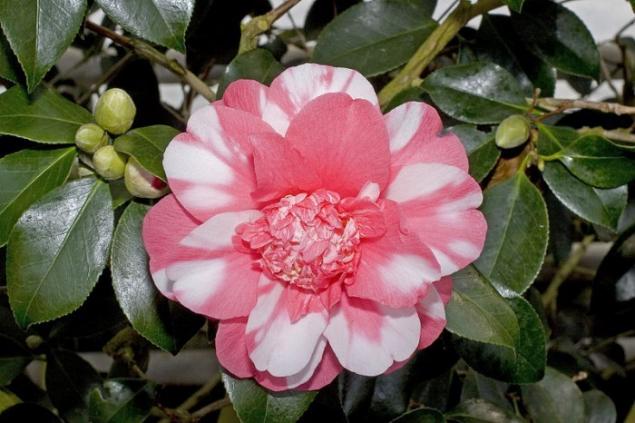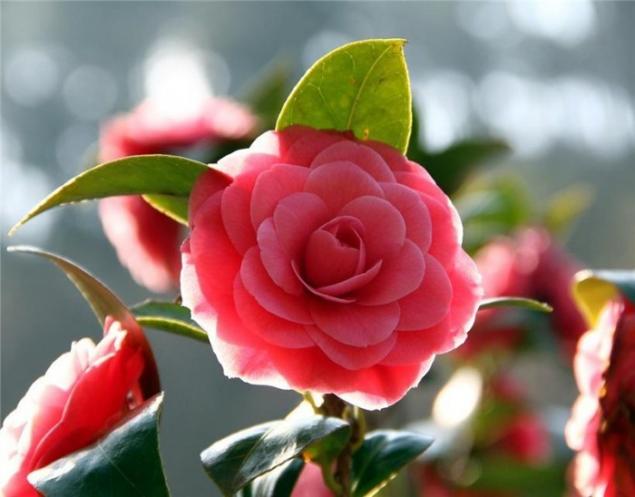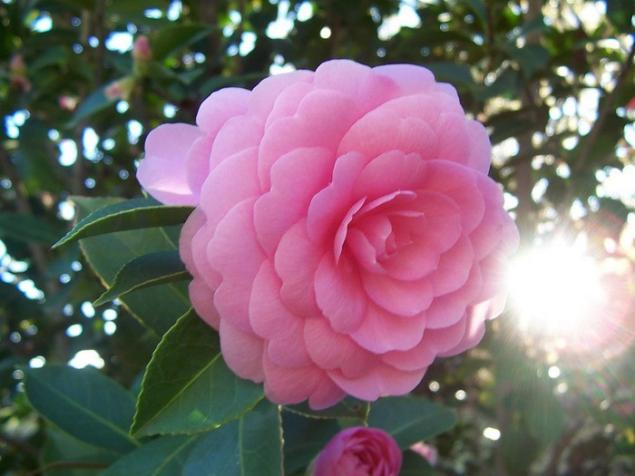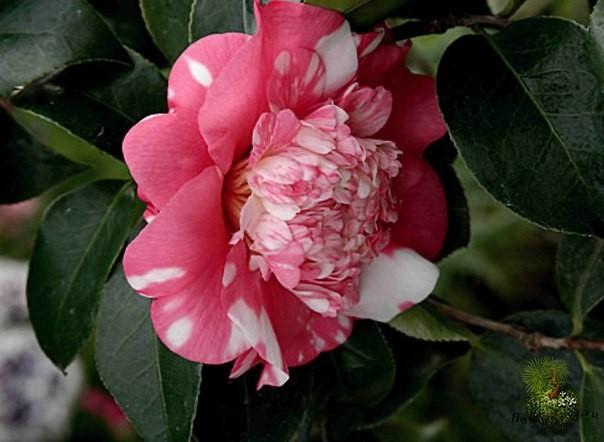771
AMAZING CAMELLIA ...

Generally it refers to the camellia family of tea plants and most famous sight - is Chinese Camellia or tea bush. The same shrub whose leaves are as a raw material for the preparation of the famous Chinese tea.
However, Europe does not grow tea camellia and the Europeans - it's just an ornamental plant. Beautiful and delicate. You can recall at least the "Lady of the Camellias" by Alexandre Dumas.


Of particular relevance to the camellia it was in Japan. Culture camellia breeding in this country knows how blossoms, and periods of decline. Around the fourteenth century (in the Muromachi period) the Japanese aristocrats renewed interest in this plant. At the same time formed the traditions of classical Japanese garden. Breeding camellias become one of the areas of training samurai warrior. Flower camellia (Camellia itself) is considered a symbol of the sun goddess Amaterasu (remember, looks like the Japanese flag).
And when Japan emerged early Christians and persecution of believers, camellia becomes a symbol of Jesus Christ. Flower worn on the chest instead of the crucifixion (wearing a crucifix was forbidden under pain of death). In addition, at all times, Camellia (in Japan) was considered a symbol of longevity.
Once we landed in Japan Westerners (especially Americans) interest in traditional flower began to fade. Japan rapidly absorbed cultural symbols "white brothers." And instead of camellias in the gardens of roses appeared.
Changed lifestyles. Gone are the samurai, and with the samurai has been lost, and the culture of growing camellias, since the samurai class had disappeared and the centuries-old collection, and the accumulated knowledge of this culture. The younger generation is not interested in camellias.
In 1958, Japanese scientists have decided to restore the old tradition.
After a long search on one of the oldest cemeteries were found about 100 varieties of camellias. Thanks to these scientists in Europe has revived interest in the "flower of the samurai" - were "new" unusual varieties.


































